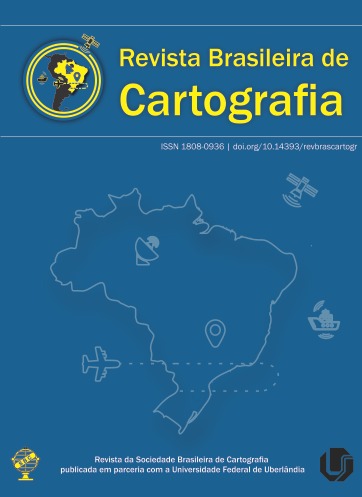Measurement and Analyze of Verticality and Flatness for Building Facades and Floors/Slabs of Builds
Main Article Content
Abstract
This work analyzes the performance of geodetic/topographic methods to control flatness of horizontal surfaces, such as floors and slabs, and vertical surfaces, as well as the control of verticality on facades. Thus, guidelines are proposed for the implementation of a methodology to achieve higher positional quality and moderation of expenses, improving the constructive process of these elements. The periodic geometric control of verticality and flatness in a building is important for the quality control of the execution of works. Through the discretization of surfaces, from a regular series of object points, a multiple linear regression allows an evaluation of planes, reconstituting surfaces. This work contemplates the implementation of a planialtimetric geodetic reference system, adjustment by the Least Squares Method, analysis of variances to compare results obtained by geodetic/topographic methods and respective uncertainties, in addition to the application of linear regression for study of flatness and plumb. Investigated surfaces had their three-dimensional coordinates applied, for the purpose of comparing the results. All statistical analysis was performed with a 95% confidence level, proving that the 3D irradiation method shows results without significant difference when compared with the other methods used. After the statistical analysis and proof of the measurement method, multiple linear regression allowed the reconstitution of horizontal and vertical planes and evaluation of the facade's verticality, that is, how much it is slanted, thus becoming another investigative method, in addition to the classic mapping of the facade adopted in civil construction, based on vertical plumbs.
Downloads
Metrics
Article Details
Authors who publish in this journal agree to the following terms:
- Authors retain copyright and grant the journal right of first publication with the work simultaneously licensed under a Creative Commons Attribution License that allows others to share the work with an acknowledgment of the work's authorship and initial publication in this journal.
- Authors can enter into separate, additional contractual arrangements for the non-exclusive distribution of the journal's published version of the work (e.g., post it to an institutional repository or publish it in a book), with an acknowledgment of its initial publication in this journal.
- Authors are permitted and encouraged to post their work online (e.g., in institutional repositories or on their website) before and during the submission process, as it can lead to productive exchanges, as well as earlier and greater citation of published work (see "The Effect of Open Access").





